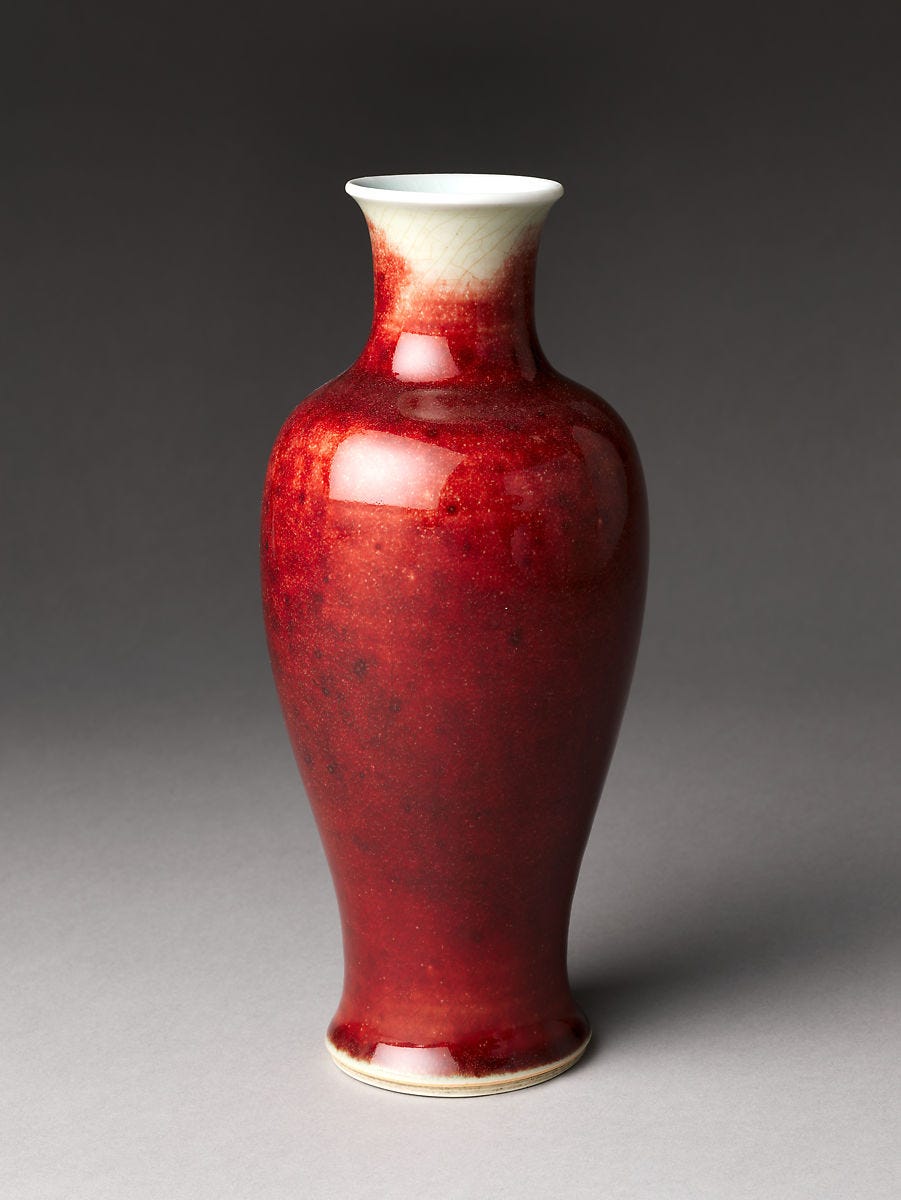#56. BLOOD / SANG
Empathy is remembering that everybody has a story / L’empatia és recordar que tothom té una història
OF A CACTUS
Like a monstrous reptile with spotted skin,
with slimy entrails, it lay
in its corner drinking in the sunlight.
All at once, its malice awakened,
reviving, it cracked the flowerpot.
Beyond the orchard, to be lost track of,
it was hurled over an arid wall,
and after a time, upon the rugged stones,
poking among the crevices and seams,
I found the old dragon still raging and clinging.
Maria Antònia Salvà (Translation by Sam Abrams)
BLOOD
Blood is related to fire and life, to nobility and generosity. Blood is the image of the body and constitutes the vehicle of passions. The flowing of blood is a universal symbol of sacrifice (sacra-facere in Latin means "to make it sacred"). Blood represents the sensitivity to perceive the sacred aspect of life, the reality behind reality. All the liquid materials that the ancestral cultures offered to the dead, spirits and gods, be it milk, honey or wine, had their symbolic origin in the bloodshed as the most precious offering to the superior forces. Classical cultures —Old Greece and Imperial Rome—sacrificed lambs, pigs, or bulls to their gods, and the ancestral peoples of Asia, Africa, America and prehistoric Europe made human sacrifices. There is an Arab saying that "the blood has flown, the danger has passed". Dante imagined that the perpetrators of violent acts would be condemned to eternal suffering within a large pool of boiling blood. Several ancient myths talk about mixing blood with soil to make plants, metals and living beings born. The blood of the wounds of Jesus Christ, collected in the Holy Grail, is the drink of immortality. Jung emphasized the parallel between the Tree of Life and the human circulatory system, both embody the mystery of life and death: the sap imitates the blood, circulates to the dark roots in the winter and rises upwards in the summer to bear fruit.
“Empathy is remembering that everybody has a story. Multiple stories. And remembering to make space to hear someone else’s story before immediately telling your own.”
On Connection by Kae Tempest
D’UN CACTUS
Com rèptil monstruós de pell clapada,
d'entranya llefiscosa, era ajocat
al seu recó bevent la solellada.
De sobte, sa malícia desvetllada,
enrevisclant-se va esquerdar el test.
Enllà de l'hort, que se'n perdés el quest,
dalt una paret seca fou llançat,
i al cap de temps, damunt les pedres dures,
furgant per les llivanyes i juntures,
trobí el vell drac encara aferrissat.
Maria Antònia Salvà
SANG
La sang va lligada al foc i a la vida, a la noblesa i a la generositat. La sang és la imatge del cos i constitueix el vehicle de les passions. El brollar de la sang és un símbol universal del sacrifici (l’etimologia llatina, sacra-facere, literalment significa “fer les coses sagrades”). La sang representa la sensibilitatper captar el caràcter sagrat de la vida, la realitat rere la realitat. Totes les matèries líquides que les cultures ancestrals ofrenaven als morts, als esperits i als déus, ja fos llet, mel o vi, tenien el seu origen simbòlic en els vessaments de sang com a ofrena més preuada a les forces superiors. Els pobles clàssics —la Grècia antiga i la Roma imperial— sacrificaven xais, porcs o toros als seus déus, i els pobles ancestrals asiàtics, africans, americans i de l’Europa prehistòrica feien sacrificis humans. Hi ha una dita àrab que diu “la sang ha brollat, el perill ha passat”. Dante va imaginar que els autors d’actes violents serien condemnats al patiment etern dins d’una gran bassa de sang bullent. Diversos mites antics parlen de barrejar la sang amb la terra per fer néixer les plantes, els metalls i els éssers vius. La sang de les ferides de Jesucrist, recollida en el sant Grial, és la beguda de la immortalitat. Jung destacava el paral·lelisme entre l’Arbre de la Vida i el sistema circulatori humà, totes dues ramificacions encarnen el misteri de la vida i la mort: la saba imita a la sang, circula cap a les fosques arrels a l’hivern i puja cap amunt a l’estiu per donar els seus fruits.
“L’empatia és recordar que tothom té una història. Múltiples històries. I recordar de deixar espai per sentir la història d’algú abans de córrer a explicar la teva.”
Connectar de Kae Tempest










